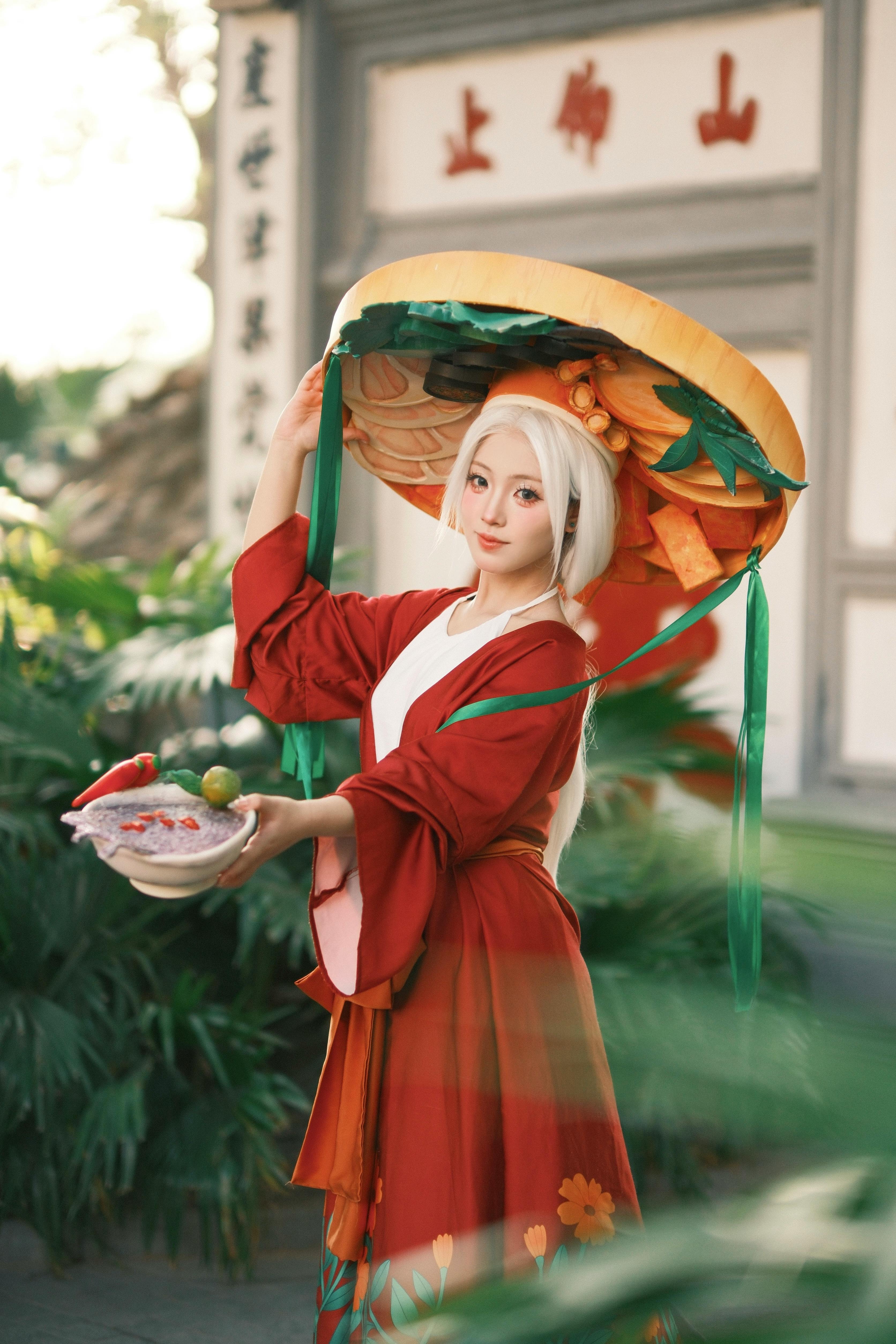
Effective Ways to Mirror an Image: Modern Techniques for 2025
Essential Techniques for Mirroring Images
Mirroring an image is a common technique utilized in photography and digital graphics to achieve a symmetrical or reflective effect. This process involves flipping an image to create a mirror image, which can enhance the composition or aesthetic appeal of the artwork. In 2025, technology and software tools have greatly advanced, making it easier than ever to create and manipulate mirror images. This article will explore various methods, tools, and techniques for effectively mirroring images, whether you're a beginner or a seasoned graphic designer.
One of the key reasons for mirroring images is to create symmetry, which can significantly impact the viewer's perception. Symmetry has been widely used in art and design, as it often evokes a sense of balance and harmony. Moreover, mirrored images can add a dynamic element to digital art and photography. Throughout this article, you will discover practical tips on how to mirror an image using different software, online tools, and mobile apps.
From understanding basic concepts to exploring advanced techniques, this guide will equip you with the knowledge needed to navigate the world of image mirroring. Let's dive into the best practices for flipping images, creating reflections, and utilizing photo editing software effectively.
How to Flip an Image with Software Tools
Understanding the Flipping Process
The initial step in mirroring an image involves understanding how flipping works across various software platforms. Flipping can often be done in just a few clicks. Most image editing software provides options to flip horizontally or vertically. For instance, Photoshop allows users to access the “Flip Horizontal” option under the “Edit” menu. Using this function automatically creates a mirror effect on the selected image, transforming its orientation.
Common mistake: Users may forget to duplicate their original image before flipping it, which can result in the loss of the original orientation. Always ensure to keep a backup of the original for best practices in image editing.
Another effective software option is GIMP, which offers similar flipping techniques. Utilizing the “Image” menu, you can select “Transform” and then choose “Flip Horizontal” or “Flip Vertical.” This opens up creative avenues for artistic photo mirroring.
Using Mobile Apps for Mirroring
For those on the go, mobile apps provide an excellent way to mirror images quickly. Applications such as “Mirror Image” and “Photo Mirror” allow users to flip photos using touch controls. These apps typically feature user-friendly interfaces and quick access to mirroring tools, making it convenient for casual users and enthusiasts alike.
Take note that the effectiveness of these apps can vary, so experimenting with several different applications might be worthwhile. This ensures you find the best fit for your mirroring needs.
Online Image Editing Platforms
If you prefer not to download software, online image editing tools such as Pixlr and Canva provide effective solutions for mirroring images. These web-based platforms allow you to upload your images and directly apply mirroring effects. Often, these sites offer additional features, such as filters and overlays, enhancing creative potential.
Be cautious about resolution quality when using online tools; always select high-quality images for better output post-mirroring. This ensures your final result maintains clarity and vibrancy.
Exploring Advanced Techniques for Image Reflection
Creating Symmetrical Images with Photoshop
Photoshop is not just a tool for simple edits; it’s a powerful software for creating intricate designs, including symmetrical images. Using features like guides and grids can help align your mirrored images precisely. Start by creating a new document, inserting your original image, and then apply the mirror effect via the transformation options. This precise placement can elevate the overall design, making it visually striking.
Another method involves using layers. Duplicate your photo layer, flip it, and then reposition it to maintain close symmetry. This technique is ideal for projects that require meticulous detail, such as advertising or promotional graphics.
Using GIMP for Creative Reflections
GIMP provides unique filters that can turn a simple photo into an artistic mirrored masterpiece. The "Liquid Rescale" tool allows you to creatively adjust your image, emphasizing the reflective aspect. This can be a game-changer for artists looking to add depth and creativity to their images.
Explore the various options under the "Filters" menu, particularly the "Reflection" section. These filters can add a dynamic touch to your reflective compositions, allowing for a blend of realism and artistry.
Innovative Techniques in Graphic Design
In graphic design, mirroring images can reshape the visual narrative significantly. Techniques such as layering mirrored elements help create compelling narratives and enhance visual symmetry. Applying textures or colors to mirrored areas can also add unique focal points within the design.
Understanding how to manipulate layers efficiently is key. Use opacity adjustments to blend textures and mirrored images, allowing for a seamless integration of graphic elements. This approach provides a polished and professional look to your designs.
Utilizing Filters for Enhanced Mirror Effects
Best Filters for Mirrors in Photography
Filters play a crucial role in photography when applying mirror effects. Many photo editing tools offer reflection filters that can simulate a realistic mirror effect. These filters adjust brightness, contrast, and sharpness for a more visually appealing result.

Experiment with different filters available in software such as Lightroom or Photoshop. Adjust settings incrementally to see how they affect the overall mirror image quality. A balance of contrast and saturation can significantly enhance the reflective aspect.
Applying Reflection Filters in GIMP
GIMP users can explore advanced reflection techniques through specific plugins available in the GIMP community. These plugins often expand the capabilities of GIMP, allowing for unique mirror effects and creative options not found in the standard features.
Common mistakes include overusing filters, which can overly detract from the image’s integrity. Always aim for subtle enhancements when creating mirror effects to maintain a natural look.
Mirror Image Principles in Art
Understanding the principles of mirroring in art applications can enhance creativity. Artists often utilize mirroring to create balance and draw attention to specific subjects within their work. Through mirroring techniques, artists can explore themes of duality and reflection.
Consider integrating feedback loops by using mirrored images for brainstorming sessions. This practice encourages innovative thought processes and generates new artistic ideas.
Creating Mirrored Images for Social Media
Photography Tips for Social Media
Social media platforms thrive on visually appealing content, and mirrored images can grab attention effectively. Use reflecting techniques to transform ordinary photos into captivating visuals. Quick edits can make a significant difference in engagement rates.
When sharing mirrored images, consider using hashtags related to photography, such as #ReflectionArt or #MirrorPhotography. This increases the visibility of your content within niche communities.
Using Online Tools for Fast Editing
For quick turnaround times, leveraging online tools such as Fotor or BeFunky can be advantageous for social media posts. These platforms often come with templates tailored for social media, enhancing your workflow.
Maintaining a consistent style helps create a recognizable brand image. Explore various mirroring techniques and apply them uniformly across your submissions to maintain aesthetic coherence.
Inspiring Creative Ideas for Artists
Combining mirroring techniques with unique artistic expressions can yield stunning results. Challenges such as "mirrored self-portraits" or "reflection in nature" can inspire artists to innovate and push their creative boundaries.
Consider conducting workshops or collaboration sessions focused on these themes. Sharing insights and techniques related to mirroring can foster a sense of community among artists and designers.
FAQs on Image Mirroring Techniques
Q1: What software is best for mirroring images?
A1: Popular software options for mirroring images include Adobe Photoshop, GIMP, and various mobile applications that cater to quick edits. Each offers unique features suited to different user preferences.
Q2: Can I create a mirror effect online?
A2: Yes, several online tools such as Pixlr and Canva offer easy solutions for mirroring images without the need for software download. Users can upload their images and apply mirror effects directly on these platforms.
Q3: How do I know if my mirrored image looks professional?
A3: Professional-looking mirrored images should have balanced symmetry, appropriate brightness, and saturation levels. Pay attention to the details and ensure the composition aligns with your artistic style.
Q4: Are there any common mistakes to avoid during image mirroring?
A4: Yes, common mistakes include forgetting to keep an original copy, overusing filters, and misaligning mirrored elements. Taking time to refine and review mirrored images can result in more polished outcomes.
Q5: How can I enhance the creative aspect of my mirrored images?
A5: Experimenting with textures, colors, and layering techniques can enrich your mirrored images creatively. Exploring new artistic approaches regularly can help develop a unique visual style.
